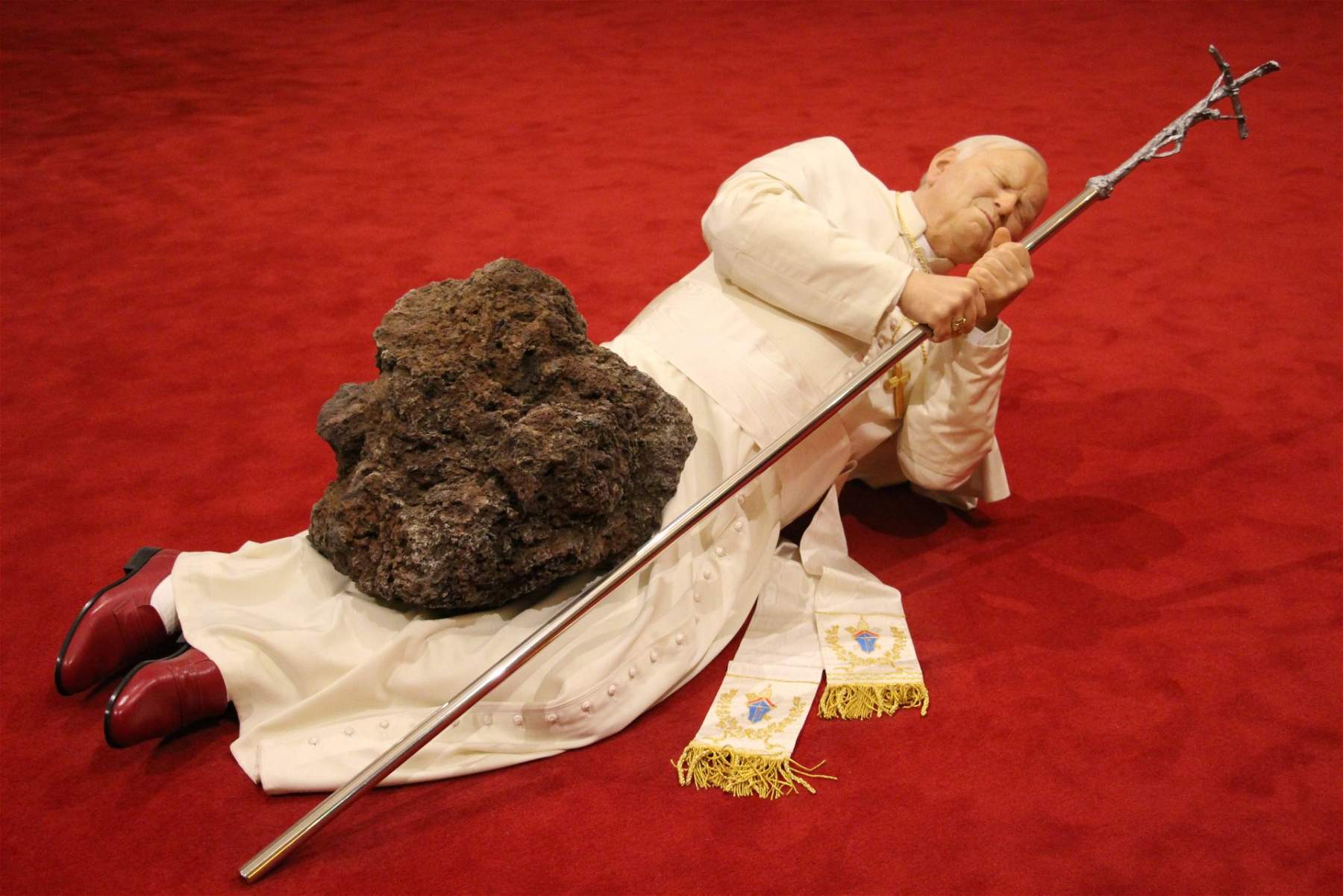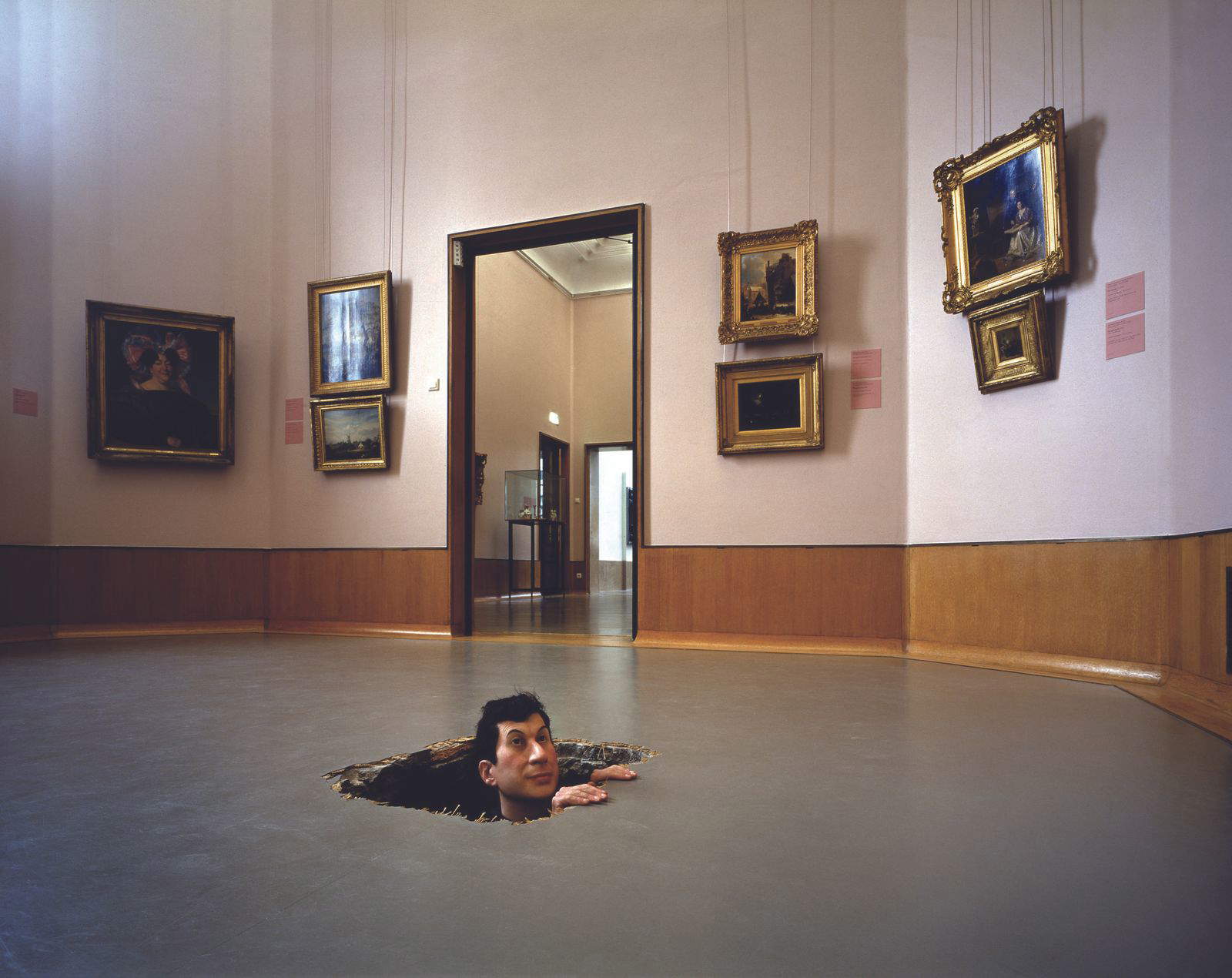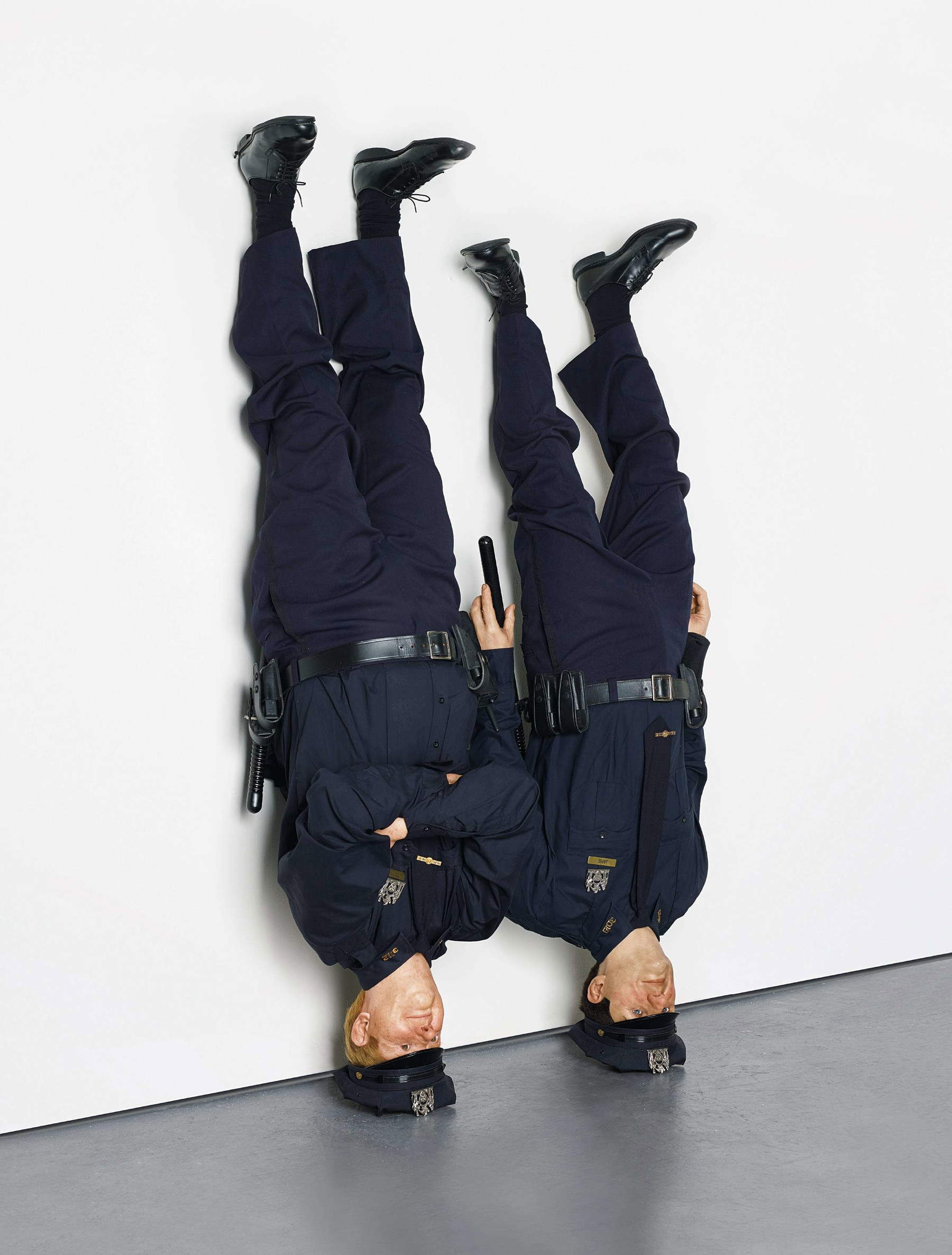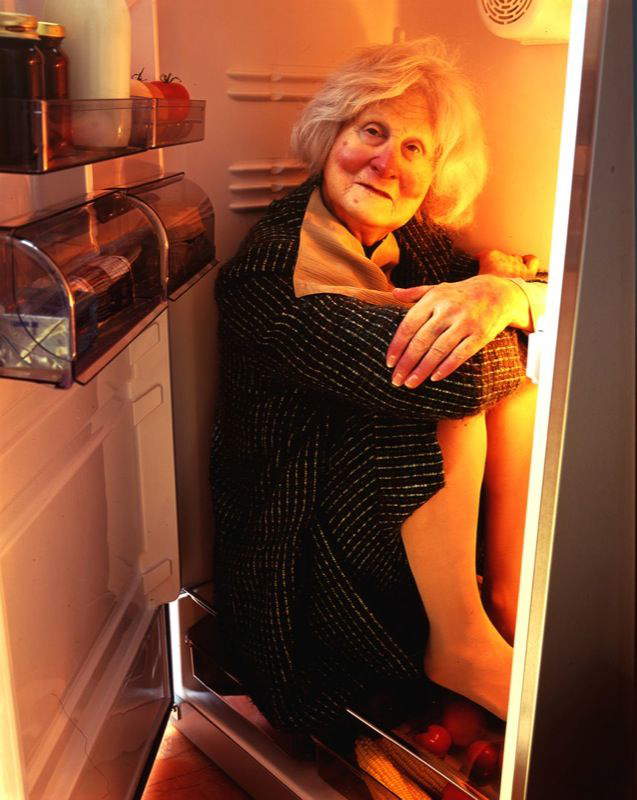Maurizio Cattelan also won on appeal the legal battle that pitted him against Daniel Druet, the sculptor who sued him to claim authorship of a number of works he executed, between 1999 and 2006, at the request of Cattelan himself, who then exhibited them around the world under his name. In the first instance, Cattelan, in a July 8, 2022 Paris court ruling, had already won: the judges of the court’s III Chamber had recalled that Druet was not claiming “the status of co-author of a collaborative or composite work, but the quality of sole author of the works in question.” However, Cattelan, as determined by the tribunal, had provided Druet with precise indications on the appearance and dimensions of the works, and the gallery lawyer representing the Padua artist, Perrotin, reiterated that the entire conception of the sculpture had to be attributed, in all its details, exclusively to Cattelan. The court thus acknowledged that “it is indisputable that the precise directives for the setting up of the wax effigies in a specific configuration, relating in particular to their positioning within the exhibition spaces aimed at playing on the emotions of the public (surprise, empathy, amusement, repulsion, etc.), were prescribed by [Maurizio Cattelan] alone, Daniel Druet not being in any way able - nor seeking to do so - to arrogate to himself the slightest participation in the choices regarding the scenographic arrangement of the presentation of said effigies (choice of thebuilding and dimensions that go along with the character of the character, the direction of the gaze, the lighting, even the destruction of a glass roof or parquet floor to make the setting more realistic and suggestive) or to the content of the possible message to be conveyed through this setting.”
Now, the appeals court also confirmed theinadmissibility of Druet’s claims, citing the French Intellectual Property Code where it states in Article L. 113-1 that “the status of author belongs, unless proven otherwise, to the person or persons under whose name the work is disclosed.” The presumption of ownership, however, can be changed where others prove that they actually contributed to the creation of the work. For the judges, however, this is not the case: in fact, Druet, according to the court of appeals, could not participate in the choices regarding the arrangements for the wax sculptures’ set-up since every directive, and in particular those related to the positioning within the exhibition spaces (always aimed at arousing an emotion in the public), came exclusively from Cattelan.
It should be recalled that the tribunal’s ruling was mainly on the installation choices due to the fact that Druet sued not Cattelan directly, but rather his gallerist Perrotin and the Musée Monnaie in Paris where a major Cattelan exhibition had been held in 2016. “Having failed to summon Maurizio Cattelan, the alleged author, in person,” the first instance court already recalled, “Daniel Druet must be declared inadmissible in all his claims for copyright infringement.”
The sculptures made by Druet between 1999 and 2006 at Cattelan’s instigation and request are The Ninth Hour (1999), The Revolution is Us (2000), Little Cattelan from Rotterdam (2000), Him (2001), Frank and Jamie (2002), Stephanie (2002), Betsy (2003) and Now (2004).








 |
| Cattelan also wins case on appeal against sculptor who made his works |
Warning: the translation into English of the original Italian article was created using automatic tools. We undertake to review all articles, but we do not guarantee the total absence of inaccuracies in the translation due to the program. You can find the original by clicking on the ITA button. If you find any mistake,please contact us.